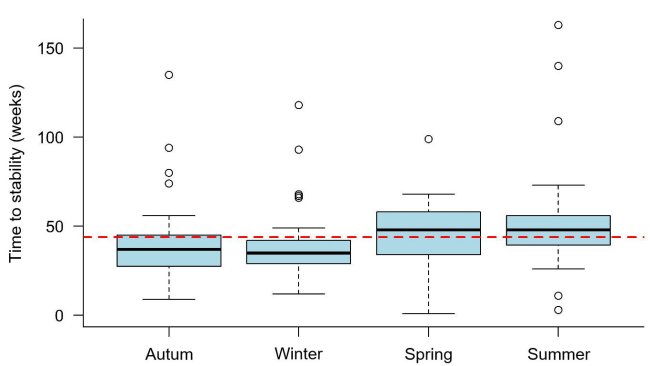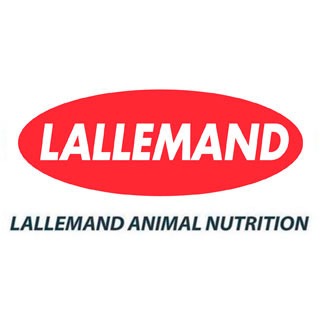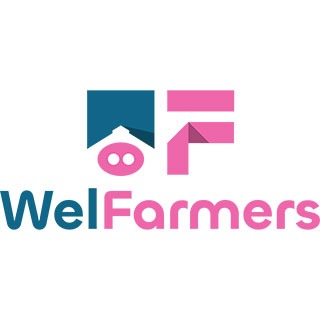
PRRS time-to-stability variability in Midwestern US sow herds
Do outbreaks in the same farm have a similar time-to-stability? What factors can affect time-to-stability?
The pig sector events all around the world
Weekly newsletter with all the pig333.com updates
Swine industry news in your email
Pig health: news and articles on PRRS, PCV2, biosecurity, etc, Pig disease guide, atlas of pathology, clinical cases…
Biocheck.UGent is an independent, risk-based, scientific scoring system for assessing the quality of your on-farm biosecurity.
A visual and practical step-by-step guide on how to perform a necropsy on a pig.
All the information about ASF: how to recognize the disease, how it is transmitted, pictures of lesions, latest news, guides, etc.
Description of the most important diseases and conditions in pigs
Images of major swine diseases
Pig disease diagnostic tool
Definition for the most commonly used pig terms
Simulator that calculates the amount of drug to add to the water when using a flow dispenser.
Weekly newsletter with all the pig333.com updates
Pig Prices by countries. Pork production and trade. News of the pig market and the raw materials
The latest slaughter pig prices in the most important pig markets. Check the evolution of the historical prices in charts and in several currencies.
Latest quotations for the main commodities used in pig feed. Historical graphs with the pig price and estimated feed price.
Figures & trends in pig numbers, pork production and pork trade.
Global production and trade data for the most important raw materials
Weekly newsletter with all the pig333.com updates
Articles on nutrition and pig feeding, characteristics of raw materials and additives for pig feed. Prices of raw materials
Latest quotations for the main commodities used in pig feed. Historical graphs with the pig price and estimated feed price.
Technical sheets of the main raw materials and additives used in swine feed. They include a comparison of nutritional values from various sources, product
Global production and trade data for the most important raw materials
Definition for the most commonly used pig terms
Use this tool to diagnose problems with the feed conversion ratio. Click on the flowchart or on the buttons within the text to navigate through the different parts of the tool.
A biweekly newsletter with the latest developments in swine nutrition
Articles on genetics and pig reproduction: genetic improvement, genomics, artificial insemination, use of hormones
Compare production data, calculate the number of sow, nursery, and finishing spaces, and visualize your tasks on the work schedule by type of BMS.
Tool that allows you to calculate the replacement rate in your farm
Definition for the most commonly used pig terms
Use this tool to find out why your farrowing rate is less than ideal. Click on the flowchart or on the buttons found within the text to navigate through the different parts of the tool.
Weekly newsletter with all the pig333.com updates
Management, pig farm management, work planning in each production stage: management in gestation, grow finish, batch farrowing
Compare production data, calculate the number of sow, nursery, and finishing spaces, and visualize your tasks on the work schedule by type of BMS.
Tool that allows you to calculate the replacement rate in your farm
Definition for the most commonly used pig terms
Weekly newsletter with all the pig333.com updates
Design of facilities and equipment for pig farms: building design, climate control, feeding systems, etc.
Biocheck.UGent is an independent, risk-based, scientific scoring system for assessing the quality of your on-farm biosecurity.
Environmental Footprint Calculator along the pork value chain.
Definition for the most commonly used pig terms
Simulator that calculates the amount of drug to add to the water when using a flow dispenser.
Use this tool to explore which slurry management strategy best fits your situation. Click on the flow chart or on the buttons within the text to navigate through the different parts of the tool.
Weekly newsletter with all the pig333.com updates
What makes us stand out is the quality and independence of our contents. Find out about the authors who make it possible. Our goal is to generate a virtual community of advanced users in the sector.

Juan studied Veterinary Medicine/Science at the University of Chile, graduating in 2004. During that year, Juan started to work for the Agriculture and Livestock Service (SAG), where he evaluated veterinary medicines for their sale in Chile.
In 2009, Juan started an MSc degree in Veterinary Studies (MVS), veterinary epidemiology, at the University of Massey (New Zealand). During this period, Juan carried out research regarding the role of infectious pathogens on beef cattle fertility, specifically in bulls positive to Campylobacter fetus subsp. venerealis and its link with abortions and seropositivity to BVDv, Neospora caninum, Leptospira borgpetersenii seovar hardjo and Leptospira interrogans serovar pomona.
In 2012, Juan started a Ph.D. on occupational leptospirosis in New Zealand (University of Massey, New Zealand). During this period, he researched the prevalence of antibodies against Leptospira in veterinarians and farmers, risk factors related to the serological status, and the relationship between serology and symptoms similar to influenza in these occupational groups. He also provided an estimation of the efficacy of the vaccination against Leptospira in cattle and the cost of human leptospirosis in terms of disability-adjusted life years lost (DALYs) and their economic value.
During 2016 he worked as research assistant in the Veterinary Epidemiology Centre (EpiCentre), at the University of Massey; and then he joined the University of Minnesota in 2017 as post-doc in the Department of Population Medicine, where he works in the Swine Health Monitoring Project, in which pig producing companies, that represent some 50% of the pig population in the USA, share voluntarily data on the incidence of PRRS and PED.
Updated CV 17-Oct-2017

Do outbreaks in the same farm have a similar time-to-stability? What factors can affect time-to-stability?

71% of the farms reporting a PRRS break today will report a break within the following two years. What makes them more susceptible?

We propose to use the processing fluids, the liquid accumulated at the bottom of the pail when farmers collect tails and testicles during routine procedures as a sample.
Welcome to 333
Connect, share, and interact with the largest community of professionals in the swine industry.
Celebrating 168944Users on 333!
Sign upAlready a member?





